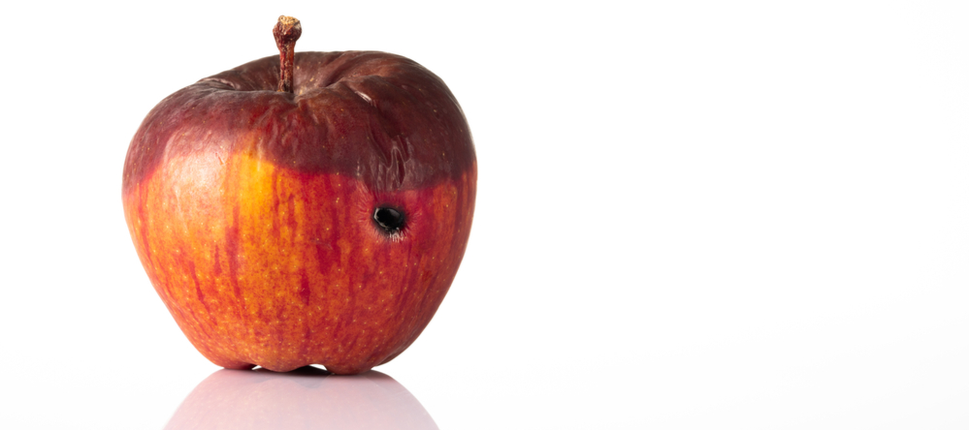

- How to check mac for viruses and malware for mac#
- How to check mac for viruses and malware software#
- How to check mac for viruses and malware code#
The second one, the virus keeps opening iTunes multiple times.

The first case scenario: it takes control over your mail application creating multiple draft emails.

What happens then depends on whether you’re running macOS 10 or 11. The malware is hidden in a seemingly genuine tech support email containing a corrupt link - you click on the link, the malware automatically inhabits your computer. Safari-get is a denial-of-service (DoS) attack that began targeting Mac in 2016. That should be enough to keep you safe from Word macro viruses. But keep calm, Apple displays a warning message every time a file contains macros. However, the chances of being infected rely on you opening specific files. In 2017, Malwarebytes discovered malware in a Word document about Donald Trump that caused Mac users to worry.
How to check mac for viruses and malware code#
That means files opened with macros could run a Python code to log keystrokes and take screenshots of personal data.
How to check mac for viruses and malware for mac#
Macro support on Mac was removed by Apple with the release of Office for Mac back in 2008 but was reintroduced in 2011. Macros are commonly used by Word users to automate repetitive tasks which makes them a target for malware. What? Microsoft programs can infect my Mac?. Unfortunately, yes. But knowing the most well-known viruses might. Sometimes though, being attentive won't protect you. And the best way to avoid that is to be vigilant. Double-check every email and everything else you want to download to your computer. If something seems off, there’s every chance that it is. The moment you click on a link and enter details or download the seemingly genuine app, you give the green light to the virus. The most common ways for malware to infiltrate your computer are through third-party browser plugins like Adobe Reader, Java, and Flash, or by using a Trojan horse or phishing scam - an app or email that appears to be from a legitimate source, but is in fact fraudulent. Apple viruses require certain actions from you: downloading a program, clicking a link, or installing an app and plugin. How does a Mac virus find its way into your system in the first place? Typically with a helping hand from you.

So all viruses are malware, but not all malware are viruses.
How to check mac for viruses and malware software#
Malware, on the other hand, is a blanket term for a wide range of malicious software like adware, spyware, ransomware, and Trojans. What's more, I'll demonstrate how you can keep your computer safe using a cool app like CleanMyMac X.īefore we continue it's important to mention that a virus is a type of malware, capable of copying itself and spreading across systems. Consequently, your Mac is vulnerable to attacks like never before. Viruses on Mac are more common than you might think, so we're going to go through known Mac viruses, malware, and security flaws. The more macOS popularity grows, the more lucrative it becomes to hackers. I'm about to show you how to detect, remove and prevent your Mac from getting them. In this article, we will look at the most common Mac viruses and security flaws. But to help you do it all by yourself, we’ve gathered our best ideas and solutions below.įeatures described in this article refer to the MacPaw site version of CleanMyMac X. So here's a tip for you: Download CleanMyMac to quickly solve some of the issues mentioned in this article.


 0 kommentar(er)
0 kommentar(er)
